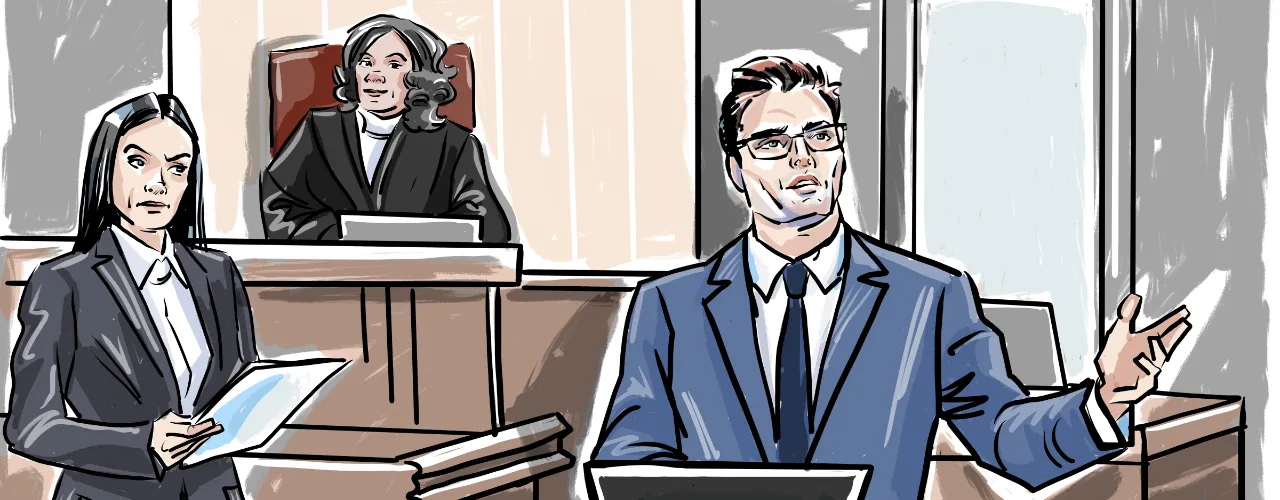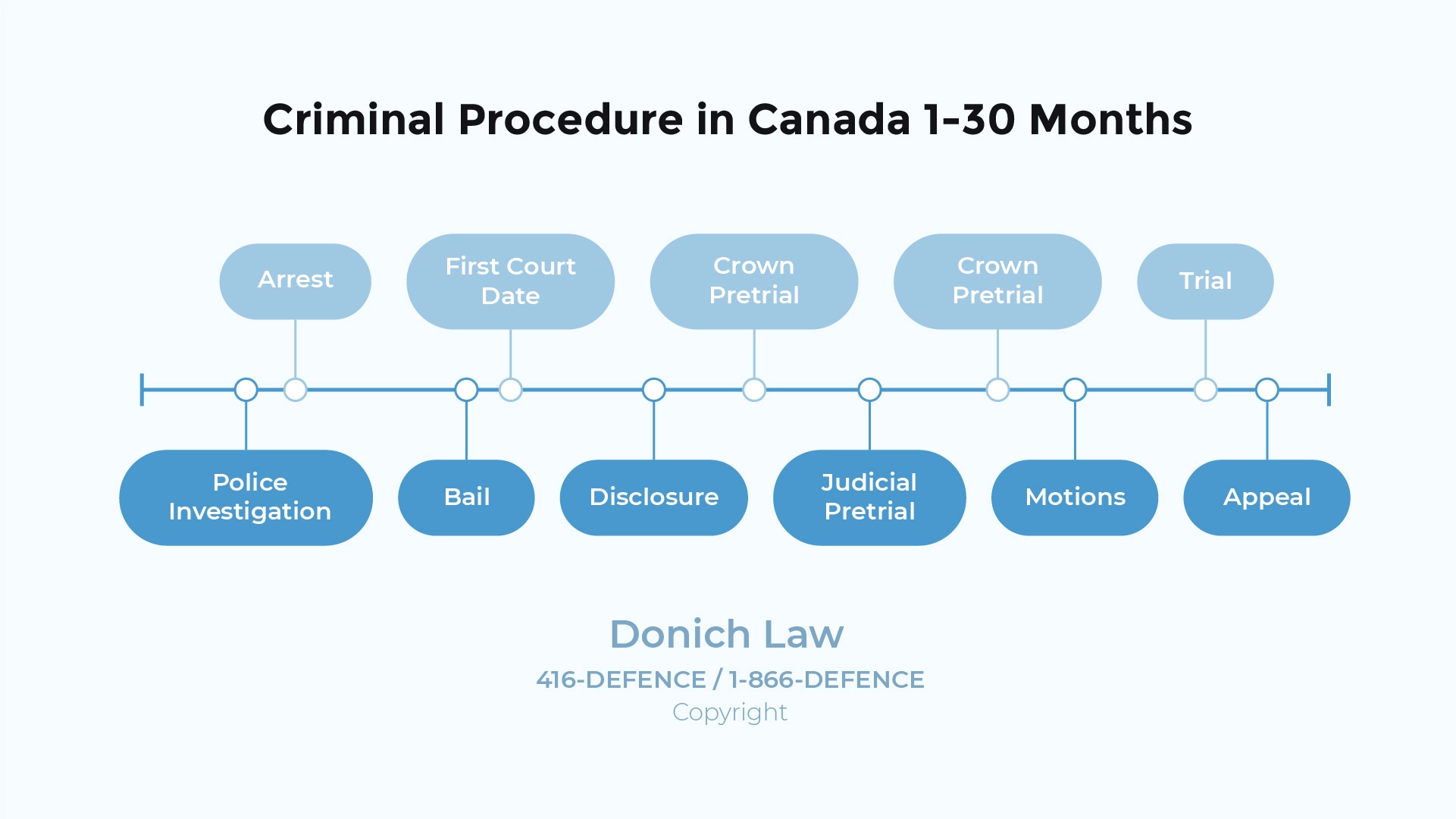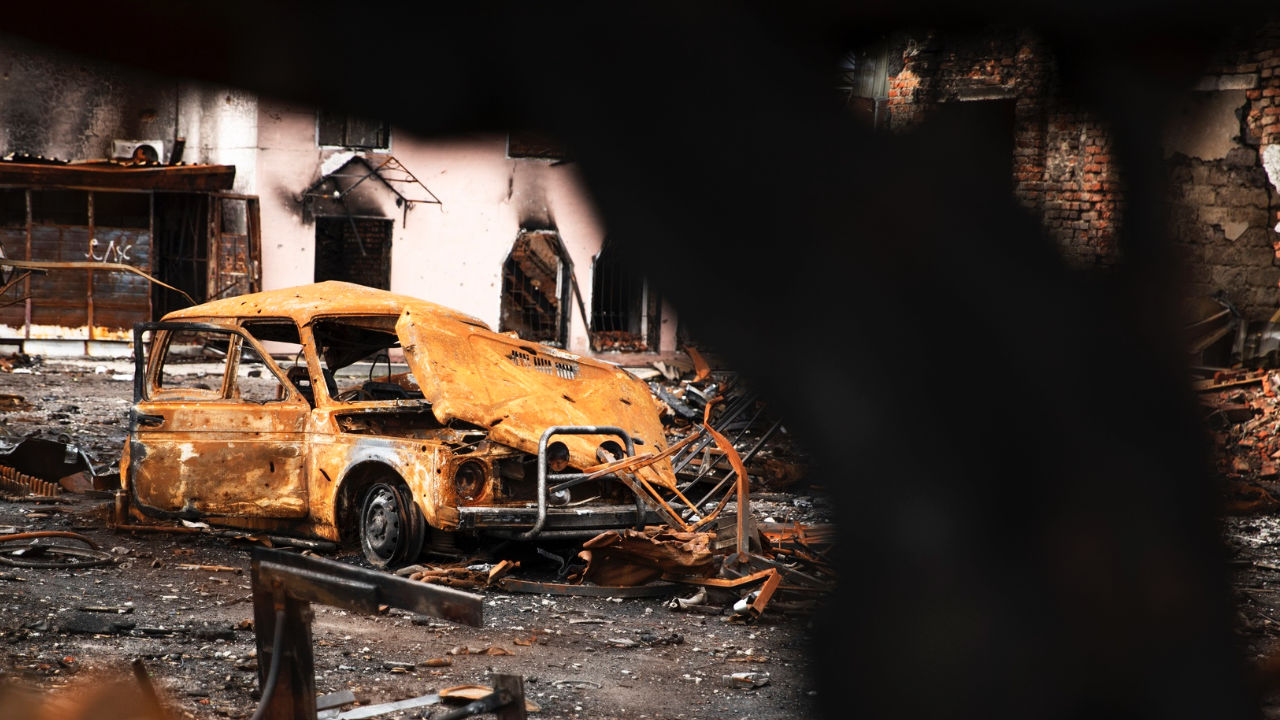
Defend Criminal Negligence
Frequently Asked Questions
Criminal negligence causing death is an offence that comes into play when an individual’s disregard for other people’s safety results in their death. This law applies to cases where somebody fails to act with the caution expected of a reasonably prudent person, demonstrating a clear disregard for human life.
What is Criminal Negligence Causing Death?
Criminal negligence causing death is a serious offence defined under Section 220 of Canadian Criminal Code. It occurs when an individual’s failure to comply with a standard of care expected of a reasonably prudent person results in death, showing a disregard for human life. This offence can arise from both actions and failures to act that represent a gross neglect of duty.
Section 219 of the Criminal Code states that criminal negligence includes behaviours that significantly deviate from expected conduct, potentially leading to fatal outcomes and necessitating vigilant and responsible behaviour in hazardous situations. Legal actions can be pursued against individuals or corporations, especially in workplace contexts where safety violations lead to fatalities, underscoring the importance of upholding safety standards and preventing harm.

- CP24: Civil Sexual Assault Lawsuit at St. Michael’s in Toronto.
- Global News Morning Show: Sentencing Arguments in Assault case of Dafonte Miller.
- Breakfast Television: Role of Mental Health in Court Proceedings.
- Global News National: Bruce McArthur will not serve consecutive sentences.
- CBC Radio: Interview with Mayor John Tory and Jordan Donich on CBC Radio.
- CTV News National: Handgun ban supported by majority of Canadians: Nanos survey.
- Global News: How difficult is it to get a legal handgun in Canada.
- CP24: Sentencing Hearing for Chair Girl.


What Happens if you are Charged with Criminal Negligence Causing Death?
When charged with criminal negligence causing death, due to the offence’s severity, the legal processes are extensive and detailed. Law enforcement initially determines whether to detain the accused until a bail hearing, considering the nature of the crime, the accused’s criminal history, and potential risks to public safety. According to the Canadian Charter, the accused must appear before a court within 24 hours of arrest. Setting up a bail hearing involves complex considerations, particularly for serious charges like criminal negligence, and it may take time to meet the court’s requirements for release. The defence team works diligently to propose bail conditions that balance public safety with the accused’s rights, aiming to uphold justice and the presumption of innocence.
Will I go to Jail for Criminal Negligence Causing Death?
Given the severity of criminal negligence causing death, the legal response is thorough and complex. Once charged, law enforcement assesses factors such as the crime’s nature, the accused’s criminal history, and the risk of further offences or failing to appear in court, which typically leads to detaining the accused until a bail hearing. This precaution arises from concerns about public safety and the potential for further offences. Under the Charter, anyone detained must be brought before a judicial authority within 24 hours.
The severity of criminal negligence charges can lead the Crown to request strict bail conditions, requiring the defence to spend considerable time developing a suitable release plan that aligns with legal standards and ensures public safety. During this preparation phase, the defence team actively collects evidence and information to support a case for bail under reasonable conditions, possibly including travel restrictions, police check-ins, or supervised release. It is important to balance the rights of the accused with public safety concerns while maintaining the principles of justice and the presumption of innocence.
In situations where the accused is convicted, they may be sentenced to a period of custody. As outlined in the Code, an individual will face life imprisonment if convicted of criminal negligence causing death. Where a firearm was used, an offender will face a minimum of four years in custody.
Stages of the Criminal Justice System

How to Defend Against a Charge of Criminal Negligence Causing Death
Defending against a charge of criminal negligence causing death requires a nuanced strategy tailored to the specifics of the case. The defence often begins by challenging the prosecution’s assertion of negligence, arguing that the accused’s actions aligned with those of a reasonably prudent person under similar circumstances. This includes demonstrating that all necessary precautions were taken to mitigate harm, such as complying with safety protocols, consulting experts, or following industry standards. Additionally, the defence may present expert testimony to demonstrate that the accused’s actions met the standard of care typical within their professional community and argue that the tragic outcome was unforeseeable to a reasonable person in the accused’s position at the time.
Another defence is to cite an intervening factor, suggesting that an unforeseeable event like third-party actions, natural occurrences, or even the victim’s own decisions were the direct causes of death, rather than the accused’s negligence. Through meticulous gathering and presentation of evidence, including expert witness testimonies and detailed reconstruction of the event, the defence aims to establish reasonable doubt about the accused’s direct and substantial role in the outcome, challenging the prosecution’s claim of criminal negligence causing death.
Workplace Accidents and Criminal Negligence
Corporations can be held criminally responsible for acts of negligence that lead to workplace accidents, highlighting the significant responsibility of businesses to maintain safety standards. The notion of corporate criminal liability is essential in ensuring that businesses comply with their duties toward the safety and well-being of their employees. Where a corporation is convicted of criminal negligence, specifically resulting in death, the sentencing process and objectives are different from those applied to individuals.
What’s a Crime in Canada?
Corporate Sentencing Processes
In cases where a corporation is found guilty of criminal negligence causing death, the sentencing aims to reflect both punishment and deterrence. Unlike specific people, corporate entities cannot be incarcerated. As a result, fines are the most common form of penalty. Additionally, the courts can also impose other significant sanctions, including:
Probation Orders: These orders may demand the corporation to make changes to its policies and practices to enhance safety standards and adherence with regulations.
Publicizing the Conviction: Courts may order a corporation to publicly inform the public of the conviction and the circumstances surrounding it through means such as the media. This serves as a reputational penalty and a deterrent to others.
Regulatory Monitoring: More careful scrutiny and monitoring by regulatory bodies might be ordered to affirm ongoing compliance with safety standards.
Corporate Sentencing Objectives
The objectives of sentencing in cases of corporate criminal negligence are multifaceted:
Deterrence: Both specific deterrence (deterring the convicted corporation from future violations) and general deterrence (deterring other corporations from similar negligence).
Denunciation: Publicly expressing disapproval of the actions that resulted in the negligence, emphasizing the importance of maintaining safety standards.
Reparation: Encouraging or requiring corporations to provide restitution or reparation for damages caused, which might come in the form of compensation to victims or their families.
Employer Liability and Sentencing
In certain scenarios, individuals within the corporation, such as executives or managers, can also be held personally liable and face criminal charges if their conduct or negligence contributed to the harmful outcome. This can result in individuals being sentenced to incarceration, emphasizing the personal responsibility that managerial positions hold in preventing workplace accidents.
Law Newbie is a free AI research assistant that can help you safely answer questions about criminal law.




Recent Cases
R. v. M.J., 2019 SCC 54
In this case, a naturopathic doctor was charged with criminal negligence causing death after she administered an injection that led to her patient dying. The main issue of this case was if whether this naturopathic doctor demonstrated wanton or reckless disregard for the life and safety of her patient by administering an intravenous injection that was incorrect and unlawful in Quebec, leading to the patient’s death.
The legal standard applied in criminal negligence causing death, as defined under Canadian criminal law, requires proof beyond a reasonable doubt that the defendant’s conduct showed a wanton or reckless disregard for the lives or safety of others.
The Supreme Court of Canada considered the defendant’s actions within the context of her professional duties and the specifics of the case. Although her actions were incorrect and violated the provincial regulations of Quebec, the Court had to carefully assess whether these actions constituted a marked and substantial departure from the conduct expected of a reasonable person in the same circumstances.
The Court ultimately found that while negligent, M.J. actions did not rise to the high threshold of criminal negligence. M.J. ended up being acquitted because her actions, while unwise and unlawful, did not rise to the level of criminal negligence as the doctor did not demonstrate a wanton or reckless disregard for the life and safety of the patient.
R. v. V.K., 2015 ONSC 3639
The issue was whether V.K., a project manager, exhibited criminal negligence by ignoring known safety hazards on a construction site, leading to a fatal scaffolding collapse. Under Canadian criminal law, criminal negligence causing death requires showing that the accused failed to perform their legal duty in a way that shows wanton or reckless disregard for the lives or safety of others.
The court found that V.K. was aware of the safety hazards; specifically, the absence of proper safety harnesses and other equipment. Despite this knowledge, the accused took no action to correct these issues, directly contributing to the deadly incident. This omission of actions constituted a marked departure from the conduct expected of a reasonable person in the same situation, fulfilling the criteria for criminal negligence. V.K. was convicted and sentenced to 3.5 years in prison. His failure to address critical safety concerns, despite clear knowledge and the authority to do so, constituted the offence of criminal negligence.
R. v. Metron Construction Corporation, 2013 ONCA 541
The issue was whether Metron Construction could be held criminally liable under corporate criminal liability provisions following the same scaffolding collapse incident involving R. v. V.K.
Corporate criminal liability under Canadian law can be brought forth when a corporation’s representatives commit criminal acts within the scope of their duties, particularly when these acts demonstrate a substantial and marked departure from expected standards.
In this case, the corporation’s safety failures were connected directly to the actions of its management and supervisory staff, reflecting organizational negligence. This was evidenced by the company’s acceptance of the unsafe working conditions that led to the scaffolding collapse. Ultimately, Metron Construction was found guilty of criminal negligence causing death and fined $750,000. The case emphasizes the importance of corporate responsibility and adherence to safety standards to prevent workplace fatalities and serious injuries.











